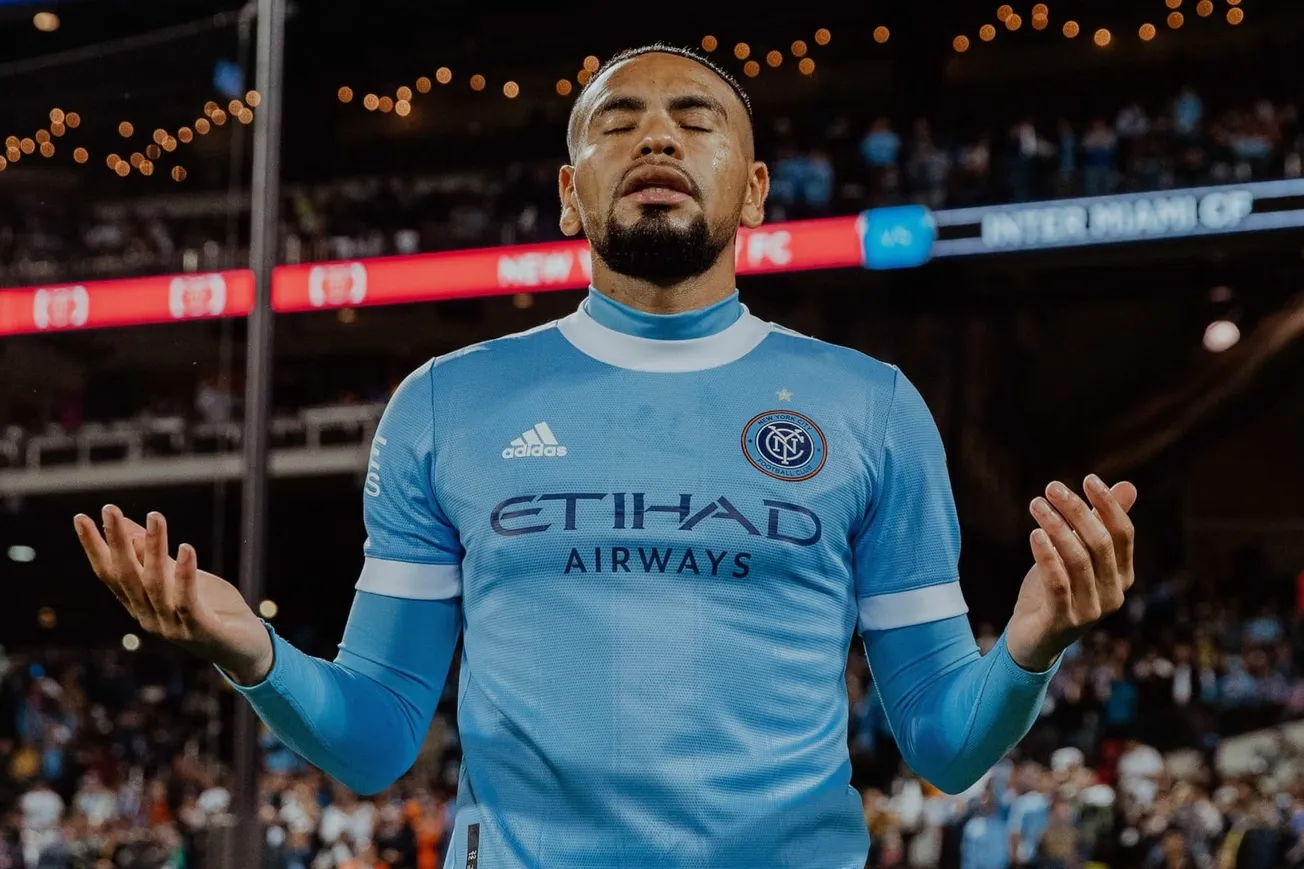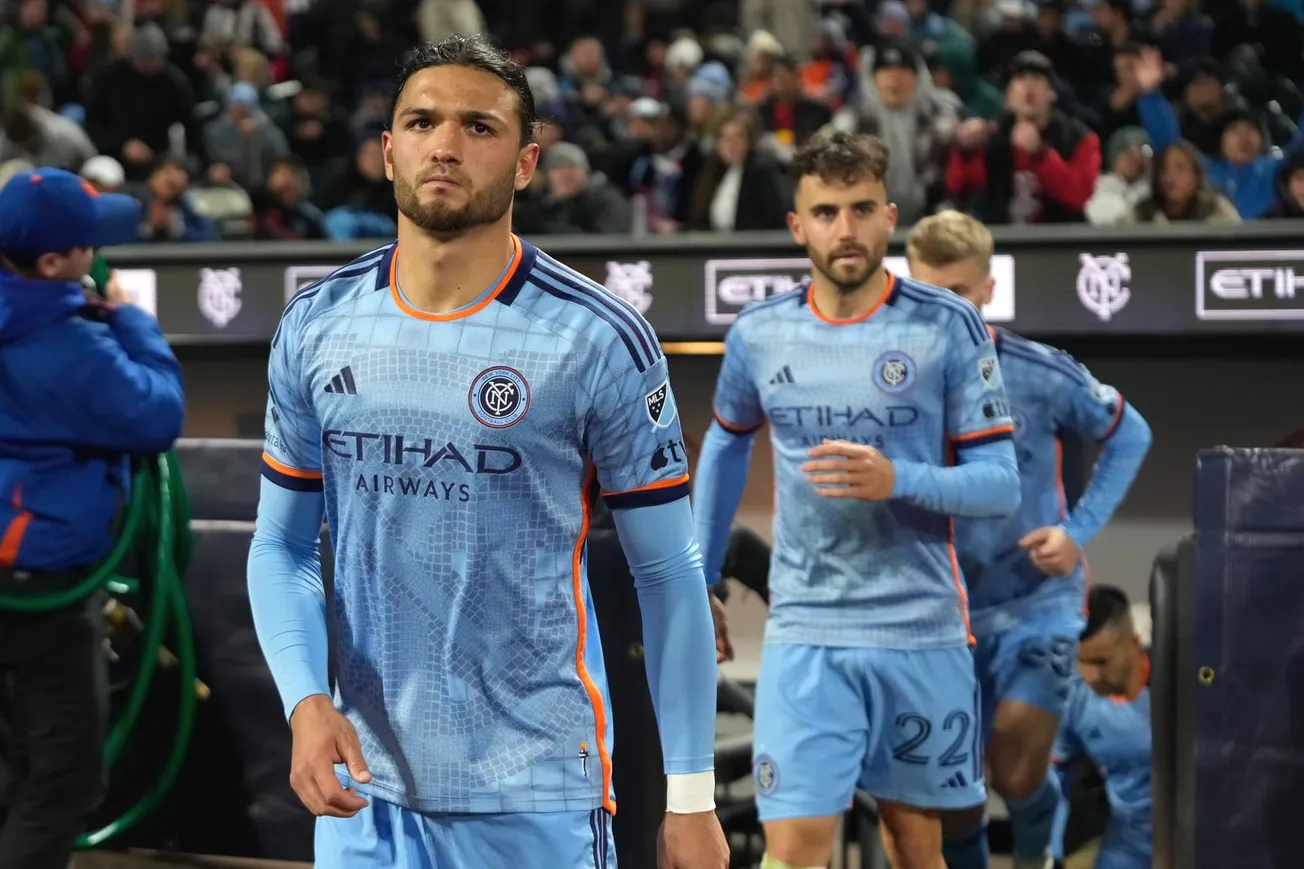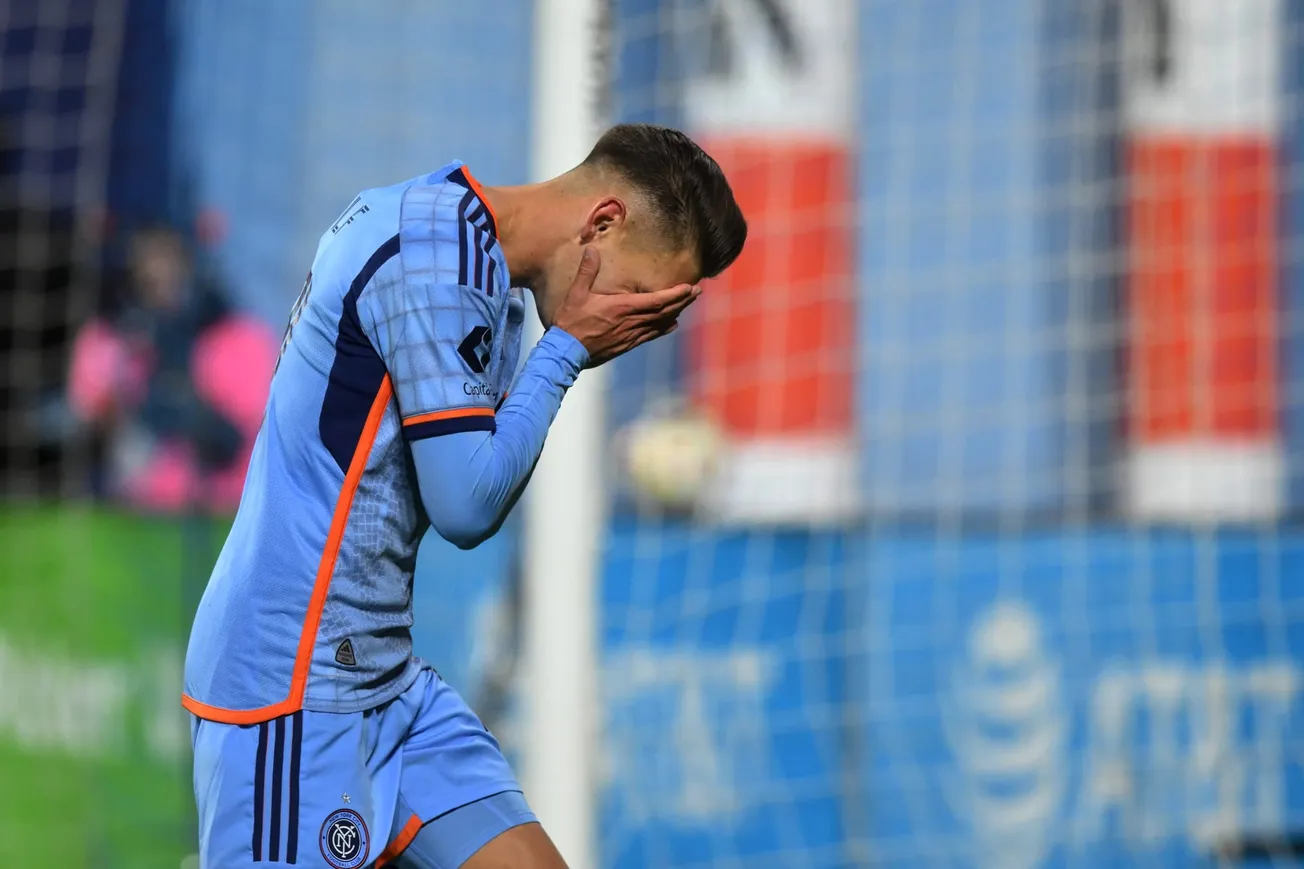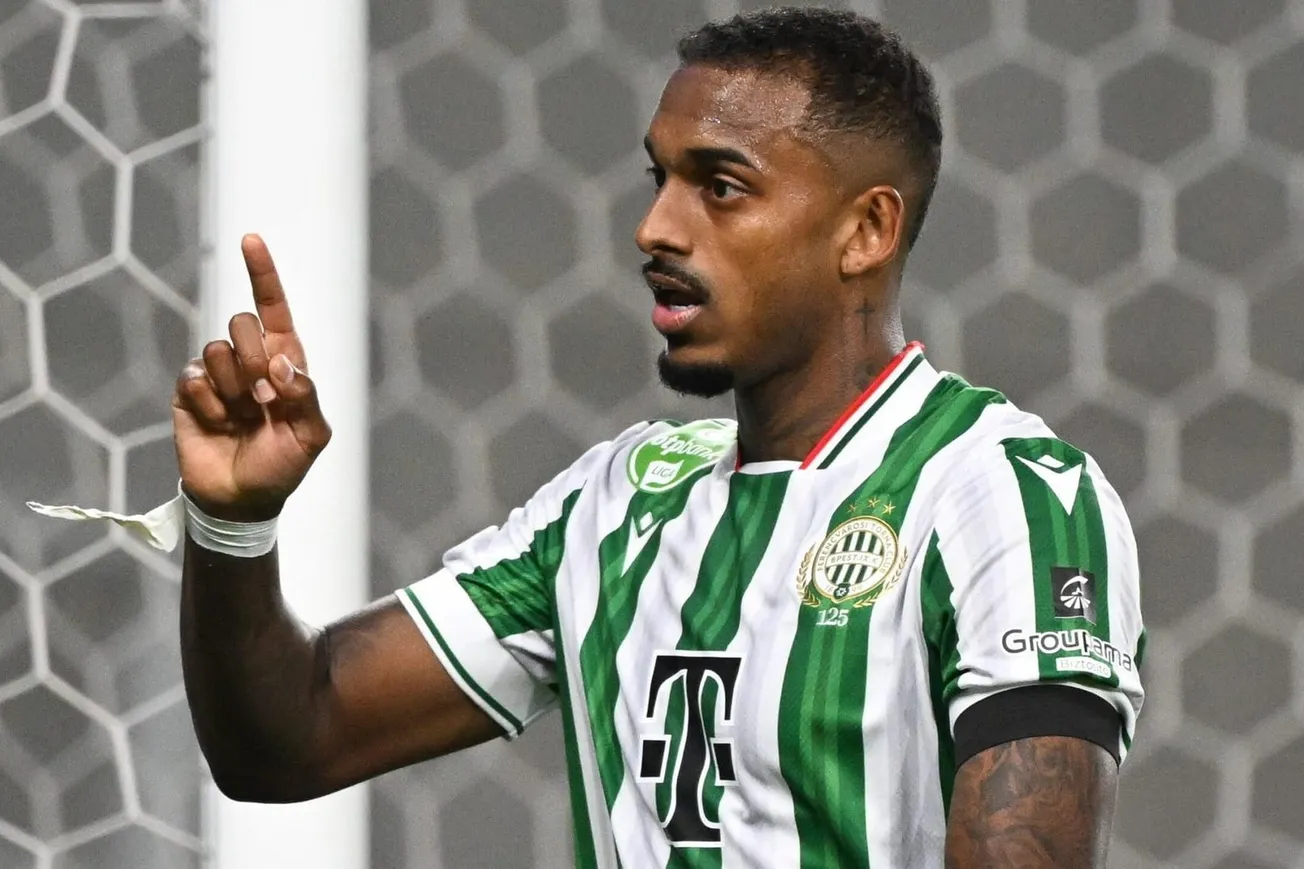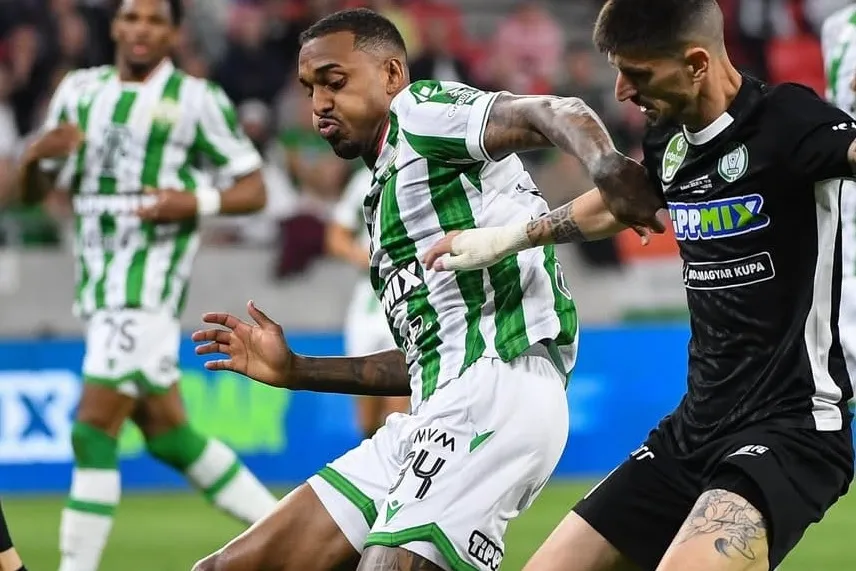Only 15 minutes had passed in New York City FC’s conference semifinal against CF Montréal, and already they were having to tear up the game plan.
An injury to centre-back Maxime Chanot meant the 3-4-3 formation that had been so successful for them in recent weeks had to be changed up, at least temporarily.
They switched to a 4-2-3-1 formation for the rest of the first half — a shape that allowed Montréal to create plenty of chances and saw New York struggle to assert themselves in the game.
A goal from Héber just before halftime to go with the one Maxi Moralez had scored in the sixth minute made interim head coach Nick Cushing’s job a lot easier than it might have been, and the team weathering the Montreal storm until halftime gave the head coach a chance to change things.

